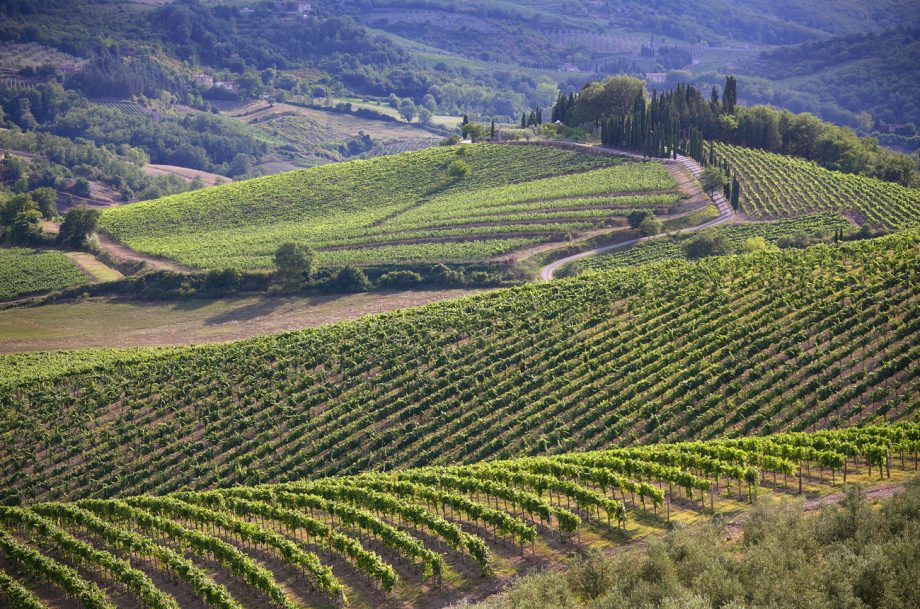Last week at the June 2021 assembly of Chianti Classico’s governing Consorzio, a “very large majority” of Consorzio members approved changes to the disciplinare that have the potential to put some separation between the Riserva and the Gran Selezione levels. Here are two key aspects to the proposal:
- Focus on Sangiovese and native grape varieties
The current rules for all Chianti Classico wines require a minimum of 80% Sangiovese, but the new GS level will strengthen the connection with that variety (and push the wines a little closer to those of Brunello di Montalcino) by raising the requirement to 90%. Additionally, the remaining 0–10% of the wine will be restricted to native Italian grape varieties (e.g., Canaiolo, Ciliegiolo, Colorino, etc.). International varieties will not be permitted in Gran Selezione bottlings; and
- Zonation
The Consorzio has come to an agreement on a first order of non-overlapping subzones that will allow producers to highlight and promote local variations within the 20-mile-long Chianti Classico denomination. These will be officially known as UGAs (unità geografiche aggiuntive, “additional geographical units”). It does not appear that there will be a requirement for a GS wine to be from a single UGA, but those that are will be able to carry the subzone name on the label.
Chianti Classico DOCG includes all or part of nine communes, and the new UGAs will follow commune boundaries to a large extent (see accompanying map). The communes of Castellina, Gaiole, Radda, and San Casciano will remain intact as subzones, while the three partial communes of Barberino Val d’Elsa, Poggibonsi, and Tavarnelle in Val di Pesa will be combined as the San Donato in Poggio UGA. The commune of Greve will become four UGAs: Greve, the highly regarded frazioni of Panzano and Lamole, and the lesser known frazione Montefioralle. Finally, the southern commune of Castelnuovo Berardenga will be broken into two UGAs: Castelnuovo Berardenga and Vagliagli (which is destined to be added to the list of most mispronounced wine locations).
Apparently, there is already talk about extending the use of these UGAs to the basic and Riserva levels as well as GS.
This proposal will have several hoops to jump through before it becomes official, then the wines will be required at least 2½ years of aging before release.

